Is your sales organization structured for high performance?
There are questions everyone loves to ask
If you are from the glitzy, glamorous world of face to face selling, inside sales to you may mean those folks who sit before screens and phone lines in darkened cubicles managing the crumbs of business that you choose to leave out. Not anymore. Migration from field selling to an inside sales model was more than two times the shift from inside sales to field selling according to a research study cited in a Harvard Business Review (HBR) article by Steven W Martin (The Trend that is Changing Sales HBR, November 4, 2013). So, how do you determine what is best for your company?
Three key factors can decide whether a field or an inside model will be utilized says article:
- Sales organization’s stage of development
- Complexity of products sold
- Sales leader’s perception of relative effectiveness of the two models
1. Stages in sales organization’s life cycle
There are four stages in the life cycle of a sales organisation – ‘Build’, ‘Compete’, ‘Maintain’, and ‘Extend’ or ‘Cull’ consistent with its development history, as captured in the table below:
Build
Sales organization establishes itself (When successful moves to)

Compete
Marked by high growth (This is followed by)

Maintain
Which will depend upon predictable success)

Extend/Cull
Sales organization ages. Extended longevity is enjoyed and when decline starts, size is reduced and eventually the structure is culled)

Each stage of its developmental journey, throws up vastly different challenges to the sales organization
- In the Build stage, the top sales challenge is to generate sufficient sales to cover the product push
- Compete stage calls for a quick ramp up of the sales organization for effective competition against bigger, entrenched players
- Maximizing sales productivity, lowering cost of selling and increasing average sales price become priorities in the Maintain stage
- “Extend stage challenge” observes Steve Martin “is to attain widespread Customer adoption so their solution becomes the de facto standard
- At the Cull stage, the demoralized and marginalized sales force has to be revitalized
Whether you should deploy a field or inside sales model and in what mix, would depend on the size and intensity of these challenges. For example, when the sales organization moves from Build to Compete to Maintain development stages, the ratio of field to inside sales people would keep changing.
2. Sales cycle complexity and its drivers
Sales cycle complexity is one more determinant of how a sales organization evolves and at which point inside sales are initiated or increased. In a fascinating insight, the article identifies three types of sales cycles as complexity drivers. These complexity drivers are a function of the number of individuals and departments engaged in the selection process, size of purchase and the sophistication level of the solution offered, as shown below:
- Enterprise sales cycle – Large value capex and longer sales cycles are hallmarks of enterprise sales. A multiplicity of departments and hierarchical layers (C, mid and lower levels) are required to stamp their approval on the functionality and purchase of the proposed solution. So, for this sales category, a field sales model is the preferred option
- Platform Cloud based sales cycle - These deals typically involve online sale of a turnkey business solution direct to the users. An inside sales model would therefore be a logical choice for this type of business
- Point specific sales cycle – A point specific sale, addresses a stand-alone business problem of a single department within an organization. The buying decisions in such cases are made by a small number of decision makers usually at lower levels. A blend of field and inside selling might be ideal for this type of sales
3. Sales Leaders’ perception of Field and Inside sales models
Majority of sales leaders, surveyed by the article author, seemed to believe that field sales teams possessed superior skill sets and the pick of the sales professionals come from outside sales. Their beliefs included:
- Inside sales are just transactional in nature, focused on opening up opportunities and it is outside teams that are solution and relationship based
- Field sales is more strategic, calling for rubbing shoulders with C level executives and engaging in strategic and innovation thinking whereas insides sales is more of quantity and not demanding so much of depth
- The demands of the two models are different. Outside sales needs greater emotional intelligence, situational awareness and planning. While inside sales can be equally demanding, the skills needed, as most sales leaders believe, are persistence, research and back end work
Many senior sales leaders, having started their careers in field sales, still carry a personal preference in favor of deploying outside salespeople over inside sales, going by their experience of many years ago. But this predisposition is being rapidly rewritten, as the buying behaviour of Customers is changing dramatically. “Customers are smarter and information is not only easier to find, but available in greater detail than ever before. In addition, technology has become a way of life and completely disrupted the buying process. Via the Internet, Customers can research products, prices and opinions” says Steve Martin.
Study findings favoring shift towards inside sales
Influential factors driving migration from field to inside sales ranked by survey participants
- 60% respondents – Rising pressure on business performance and profitability
- 54% - Technological advances
- 47% - Buyers are now willing to accept remote selling more readily
- 34% - Social trends like mobile workforce and spread of online shopping habits and ecommerce
Benefits of insides sales over field selling
- 84% of respondents – Easier onboarding of new salespeople and sharing of best practices
- 79% - Inside sales makes faster scaling easier
- 78% - Higher call activity and sales volumes
- 67% - A better strategy to make a push into small businesses and mid markets
Maximize performance though a smartly chosen sales organization
Appreciating these key factors and their applicability to your sales situation can help you choose a mix of inside and outside sales that can maximize the performance of your sales organization. The HBR article on The Trend that is Changing Sales by Steve W Martin is here
Mercuri Insights
Stringent goal orientation and Sales person’s implicit impatience for results, allow little or no room for iterative approaches to structuring sales organizations.
Architecting the Sales Organization is among the most important choices Sales Leaders make, to support their sales people towards superior performance. The right structure accelerates process flows, and synergizes efforts of constituent functional groups, and absorbs shocks that come from unpredictable external change.
Either way, the Sales leader needs to manage the sales activities of the team and provide steering and coaching to build the necessary competency. The RAC Framework is Mercuri’s contribution in supporting Sales Leaders through such fundamental choices.
| Keywords | ||
| Mercuri International | Annotation | Sales Organization Structure |
| Sales Training | Sales Performance Improvemente | |
In Essence annotates published articles of value to the Sales Community. It is an effort to bring insights within reach of Sales Leaders in ways that enable quick assimilation and action. Mercuri International acknowledges the authors and the publications for the insights.

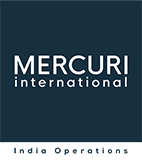
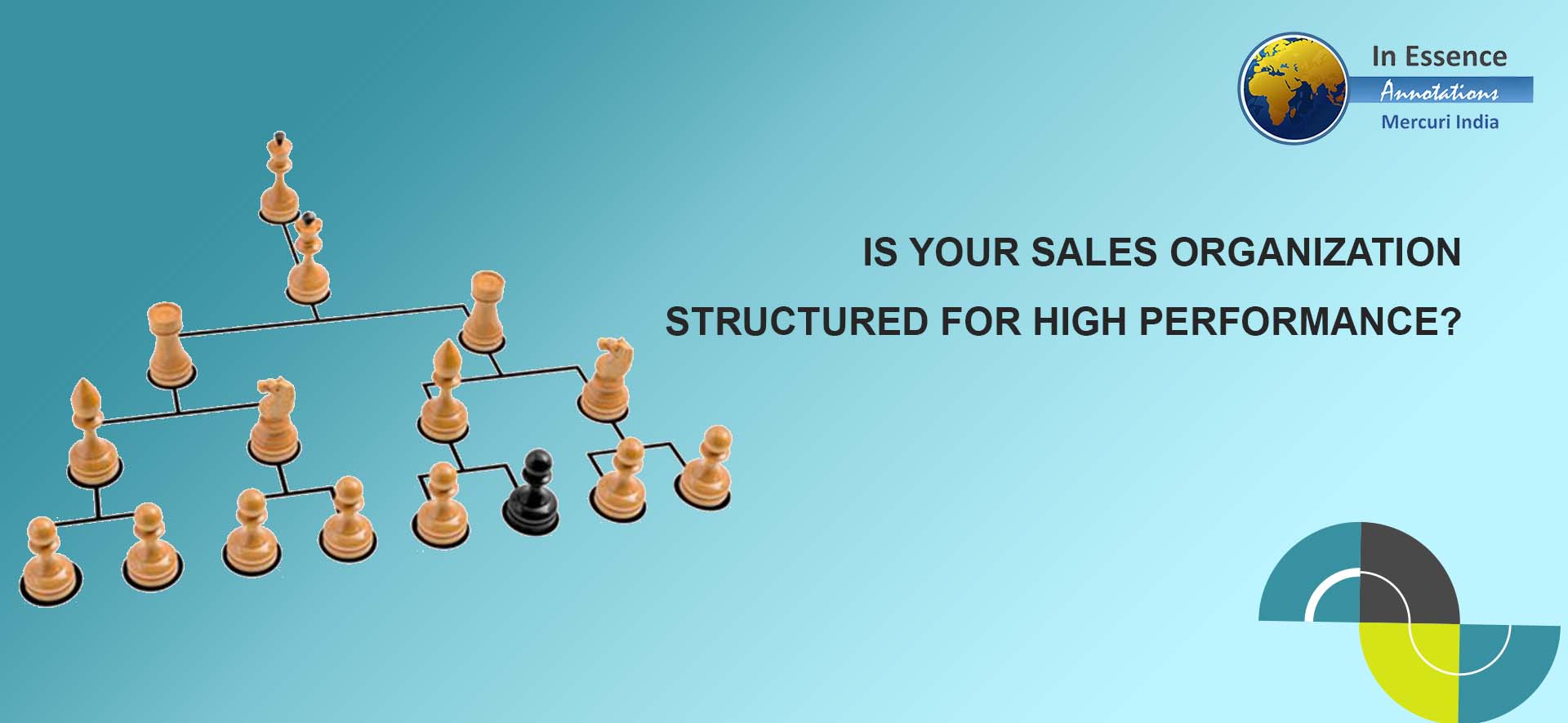

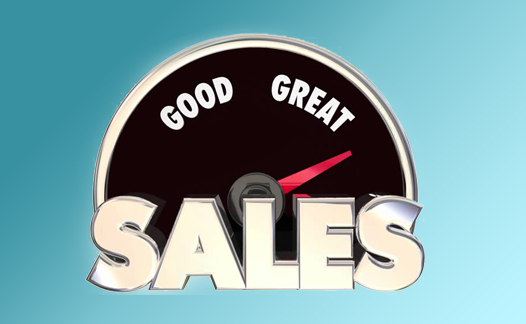



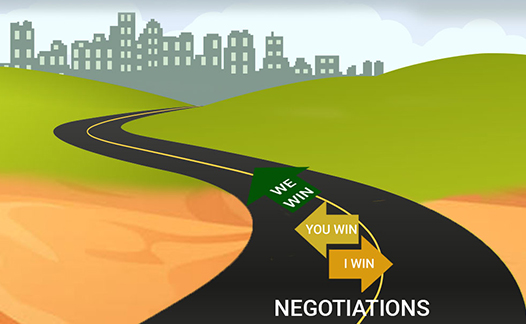
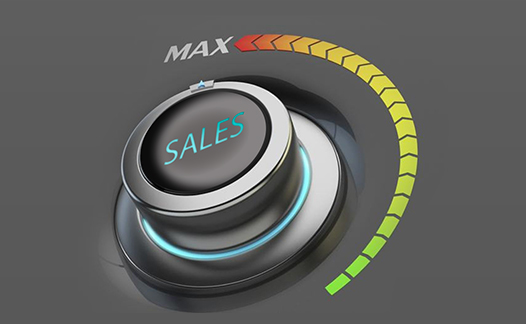
We welcome your comments on "Increase Sales using Incremental Commitments"